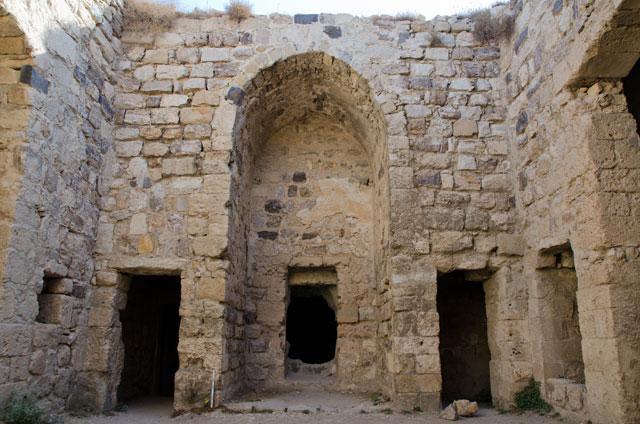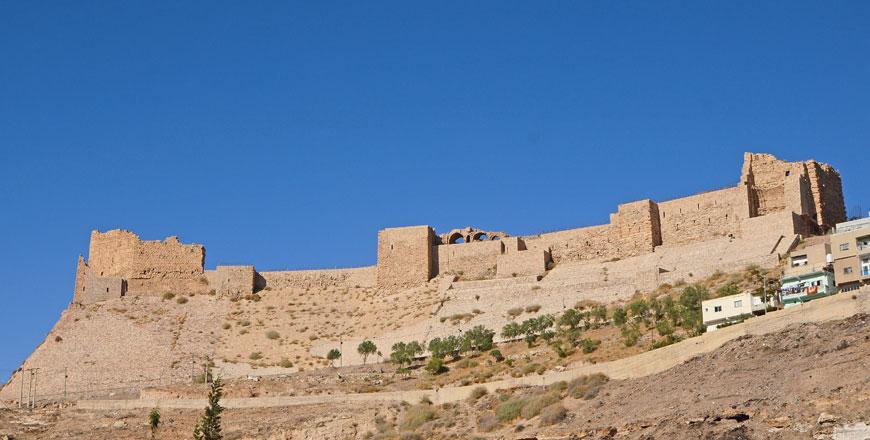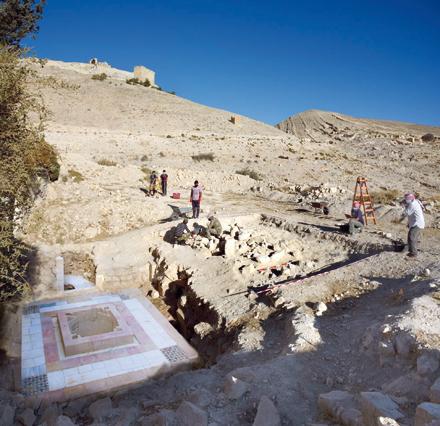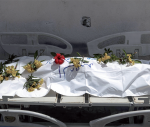You are here
Italian scholar calls for deeper digs into Karak Castle’s past
By Saeb Rawashdeh - Oct 06,2019 - Last updated at Oct 06,2019
AMMAN — Despite being one of the best-preserved crusader castles in Jordan and the Near East, Karak Castle is “certainly one of the least studied”, said an Italian archaeologist.
“The historical importance of this site, especially in the 12th-14th centuries, is evident. It was built in 1142 by Payen le Bouteiller, a French nobleman, crusader and lord of Outrejourdan until 1148,” Lorenzo Fragai told The Jordan Times in a recent e-mail interview.
He added it was conquered by Saladin and the Ayyubids in 1188 and subsequently passed into the hands of the Mamluks in 1260.
During seven centuries of Islamic rule, Karak Castle was converted from a purely military outpost to a proper fortified residence, Fragai elaborated, stressing that it served various functions such as an arsenal, a "strong-box" for the sultan’s treasure, a prison and, for a brief period in the 14th century, the capital building for an entire empire.
“As far as the crusader phase is concerned, more in-depth investigations of the still-extant buildings inside the castle will be absolutely necessary in the future,” Fragai said.
More advanced, although still quantitatively limited to some portions of the fortress, are the investigations of the Ayyubid and Mamluk phases that Fragai conducted during and after his PhD at the Sapienza University of Rome and as a member of the University of Florence’s archaeological mission in Jordan.
“Karak Castle is a ‘jewel’ in this region; a perfect summary of the military and architectural genius of the Crusaders, the Ayyubids and the Mamluks,” Fragai said.
Directed by Professor Guido Vannini, the University of Florence’s archaeological mission in Jordan has been working for over 30 years on crusader sites in this region, Fragai said.
“The mission’s objectives have included performing a stratigraphic excavation in the southern portion of the castle near the palatine complex of An Nasir Dawud, Ayyubid prince of Karak (1229-1249),” the archaelogist said.
Future investigations in Karak will cover three areas of research: Stratigraphic excavations, stratigraphic readings of the buildings and architectural surveys, he continued.
“Most of the surveys will concern the Ayyubid and Mamluk phases, whilst including the crusader one, albeit to a lesser degree,” Fragai noted, adding that human and economic efforts to redesign and expand such a large castle must have absorbed a vast amount of resources and energy.
“However, we currently understand only a small part of it. Evidence of these interventions must therefore be recognised and interpreted so as to clarify the site’s evolution over the centuries,” Fragai concluded.
Related Articles
AMMAN — In 1189, after the victorious siege which started in 1187 and the crusaders’ fall of Hatting, Saladin came into possession of the ca
Amman — Karak Castle is the most famous Crusader-Islamic military site in Jordan and appears today as a perfect summary of Crusaders’, Ayyub
IRBID — The findings of the Italian archaeological mission in Jordan were highlighted at the 15th International Conference on the History an



















